Saab is known for its innovation and unique design. One of the most notable examples is the Saab EV-1, a concept car that was far ahead of its time. It was the first car in the world to use solar panels, had seats that were 30% lighter than Saab’s own, and a night panel that illuminated the current speed range.
Table of Contents
Saab EV-1
The EV-1 was based entirely on the OG 900 architecture, and the idea was to build a four-seater sports car. It was designed to have space for four adults and a lot of luggage, which was unusual for a car of its type. However, many people do not know that the Saab EV-1 (1984) was intended as much more than a “one-off concept car.” According to designer Bjorn Envall, the idea was to start a small series production of this car.
Envall, who is considered one of the most significant automotive designers of his generation, was known for his daring and bold designs. He was irritated that his design studies were considered less bold and good compared to those of Italian design firms like Pininfarina or Bertone.
He wanted to show the Saab-Scania management what the design group at Saab was capable of, and with Bob Sinclair’s support, he hoped to get enough financial muscle to develop a concept car.
The most unique thing about this fully functional (!) concept car is the time it took to complete, which was only 12 months from the start of the project. This achievement says a lot about Saab’s engineering capabilities. A Speedster version of EV-1 was also produced, but it is no longer available. This two-seater open car, like the EV-1, was fully drivable, wind tunnel tested, and ready for production in a small series.
Saab EV-II and Saab EV-III
Saab had two new versions of EV-1 in the works: EV-II (1985) and EV-III (1986). The idea behind EV-II did not progress beyond a small-scale clay model, while EV-III became both a full-scale plastic model and a full-scale clay model. These were intended as the next generation Saab 9000, and the blue-green car was on its way to Italy to be made of metal. Unfortunately, it stopped there.
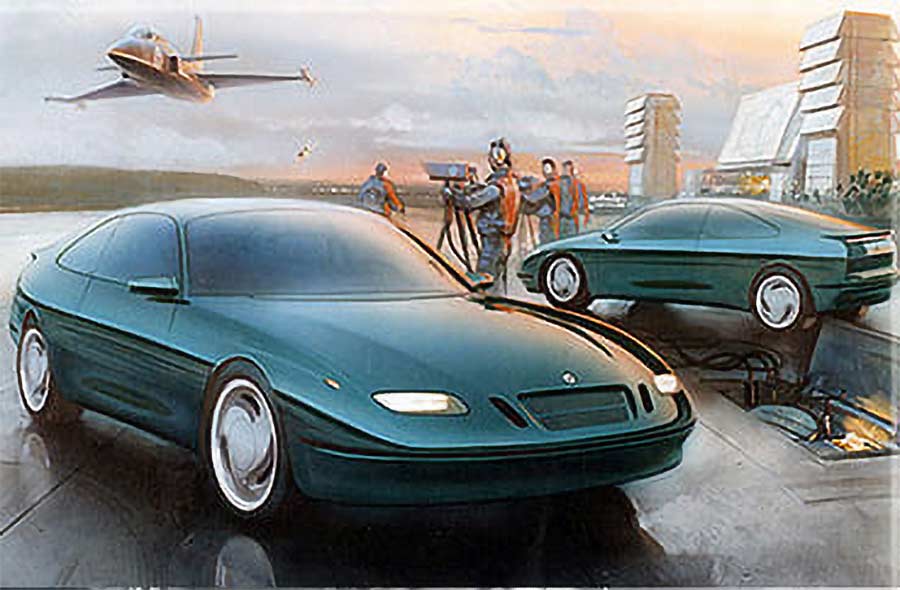
We can see clear elements of NG 900 in the blue model, so it was not entirely unsuccessful. We also recognize the rims from the asymmetrical ones that came on the Saab 900/9000 in the 1992 models. The car also had several forward-thinking solutions, such as a new simplified instrument panel, aniline leather on the seats (which later came with EV-I photographed in the winter of 1985), and three transverse leather strips on the seat cushions and backrests, a design that Bjorn himself created for the 9000 Aero.
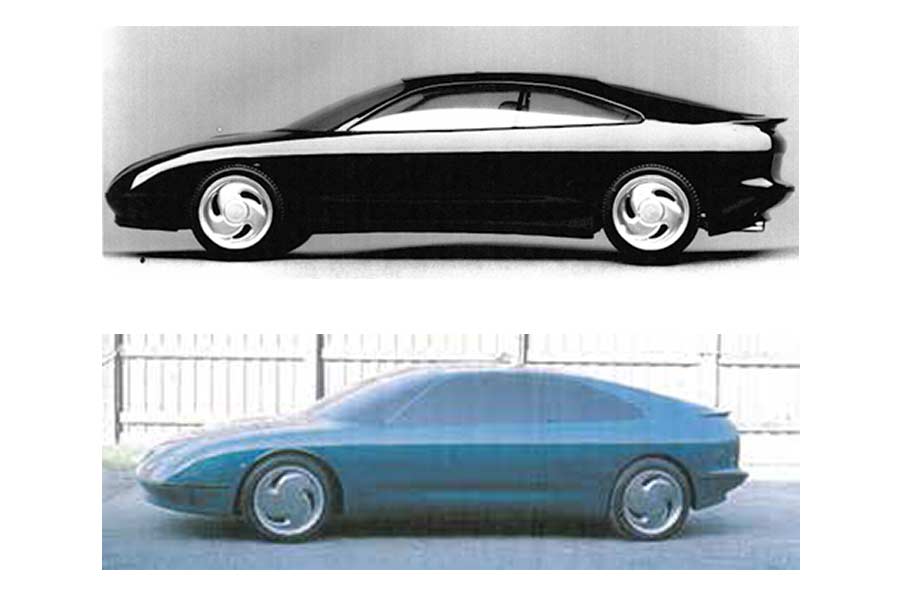
Saab SmartBack
In addition to these models, there was also the Saab SmartBack, which was designed as a replacement for both the 900 and 9000 but never went into production. The SmartBack was shown as a full-scale plastic model designed by Geoff Wardle and lived quite a bit of life, but it was eventually rejected.
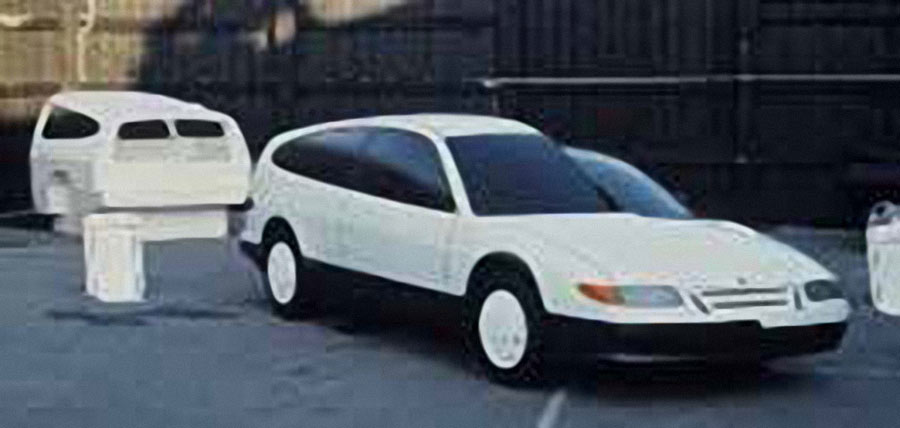
While Saab may no longer be in production, the legacy of Bjorn Envall’s design influence can still be seen today. His daring and innovative designs were ahead of their time, and they pushed the boundaries of what was possible in car design. Saab’s EV-1 concept car was a game-changer in many ways and paved the way for electric cars in the future. Envall’s legacy lives on in his designs and the influence he had on the automotive industry.









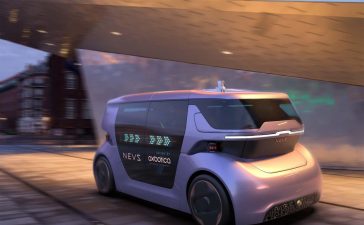
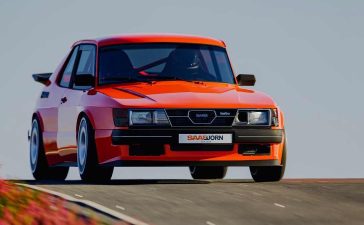

Another data point that Saab was ahead of its time.
The EV1 was cool, but a bit cartoonish and a bit dated. The EV2 on the other hand is stunning. Imagine if it had actually reached production as the Sonett IV.